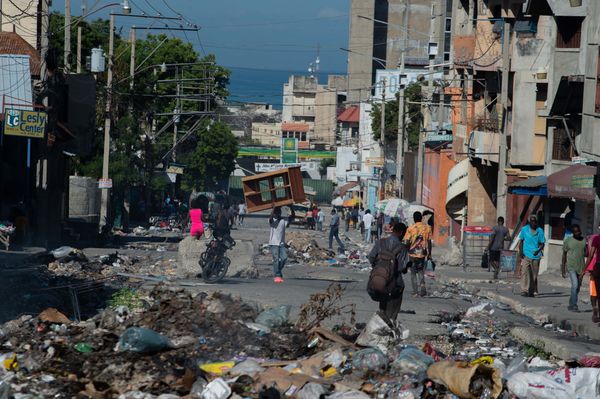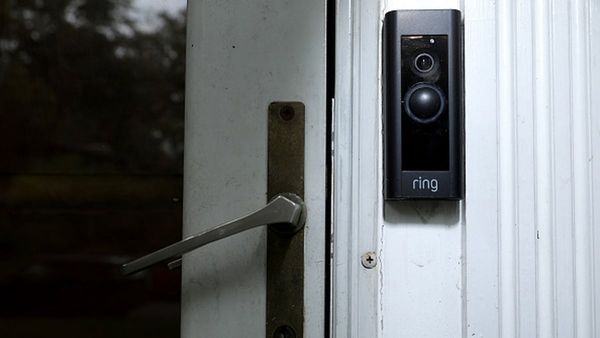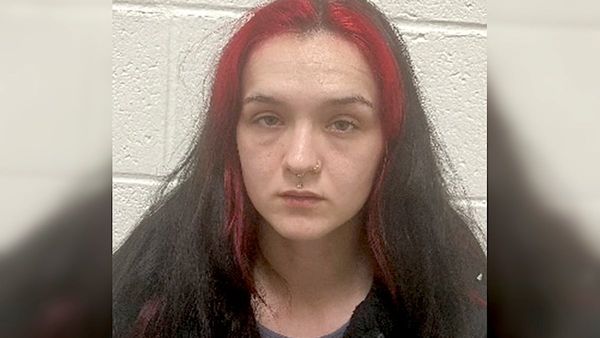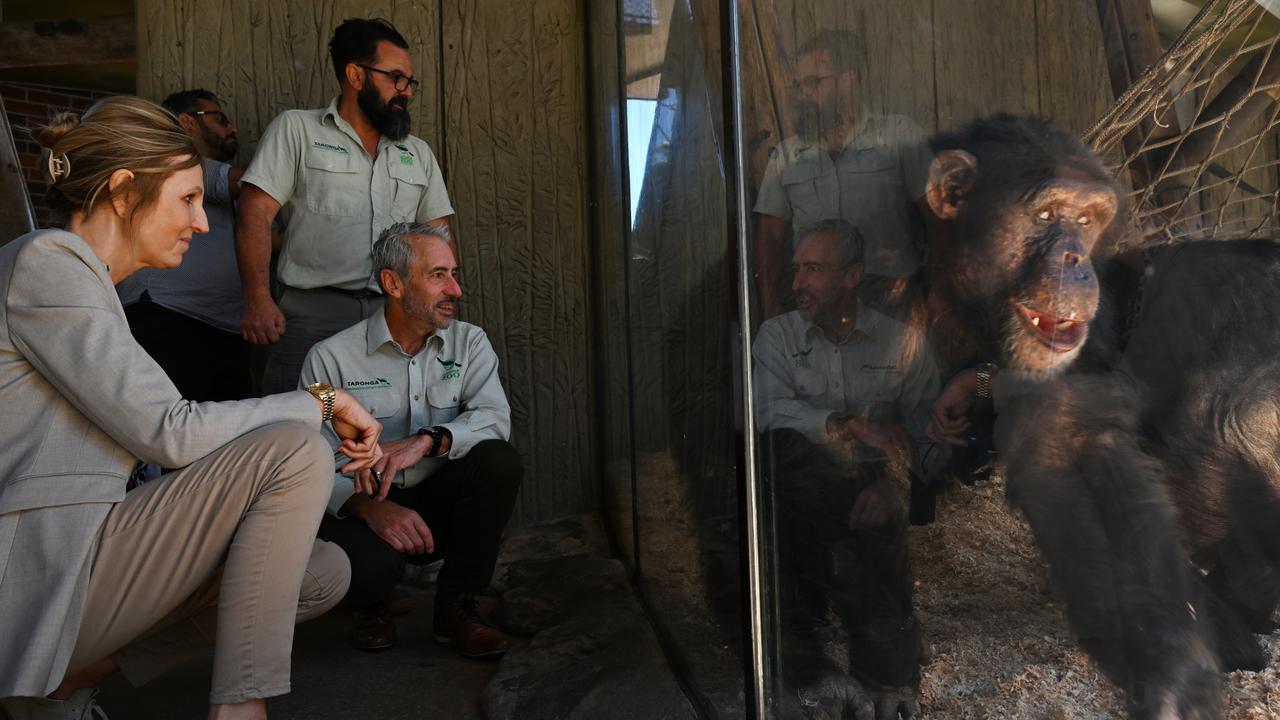
On one of her many visits to Taronga Zoo, celebrated British scientist and conservationist Jane Goodall said she felt at home.
Richard Buzas, primates supervisor at the zoo on Sydney Harbour, fondly remembers the warmth of the diminutive primatology powerhouse, who died aged 91 while on a US speaking tour.
"She really wanted to know our community here," Mr Buzas told reporters on Thursday, surrounded by chimps behind him.
"The time when she said 'if I were to be a chimpanzee in a zoo setting, I'd want to be at Taronga Zoo'.
"Sitting with her and learning from her... was very special."
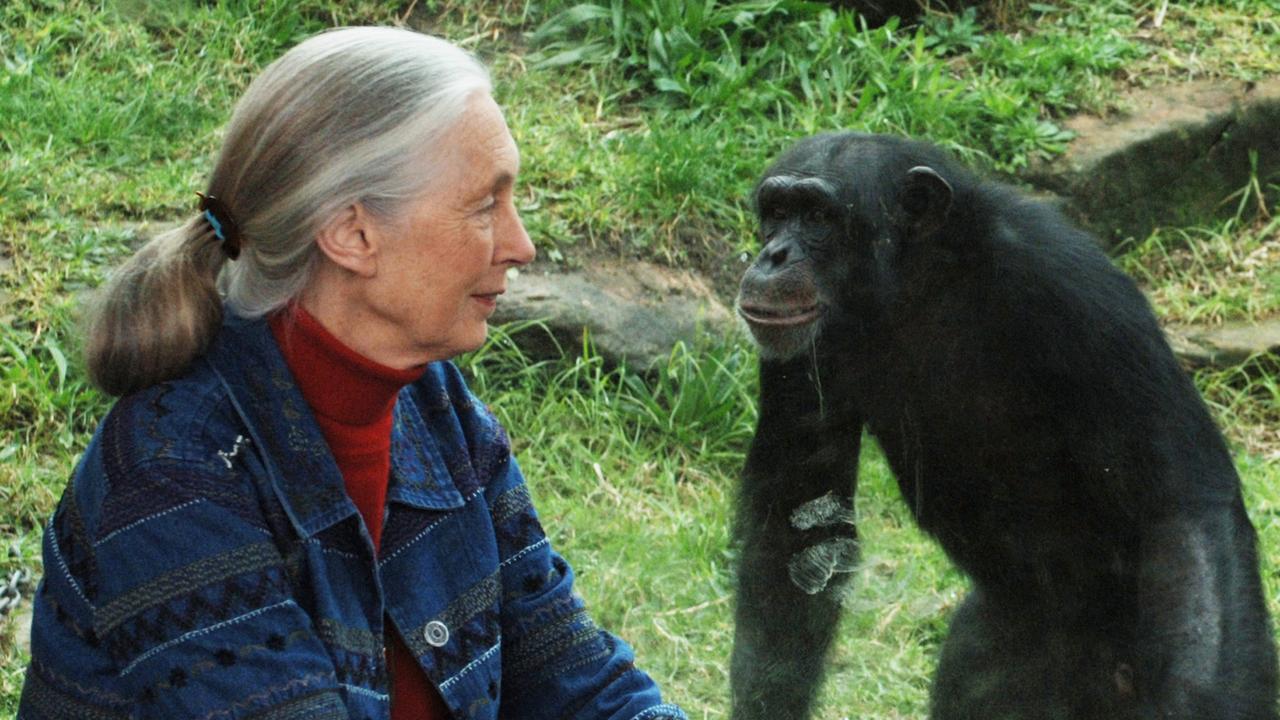
Dr Goodall, who gained global attention in the 1960s through her groundbreaking study of wild chimpanzees in Tanzania, often travelled to Australia and commented on local conservation efforts.
She regularly highlighted rapid levels of extinction of Australia's "amazing animals" as well as programs to poison wild dingoes and environmental mismanagement.
"What Australia is doing to dingoes is absolutely horrible … (and) Australia is trying to grow crops where they shouldn't - the Murray-Darling basin," Dr Goodall told AAP in 2019.
She also confronted leaders on their response to climate change and other environmental threats, during constant trips across the world.
"I can't actually stop until we've saved the world, so that means I can never stop until I die," she told AAP in 2008.
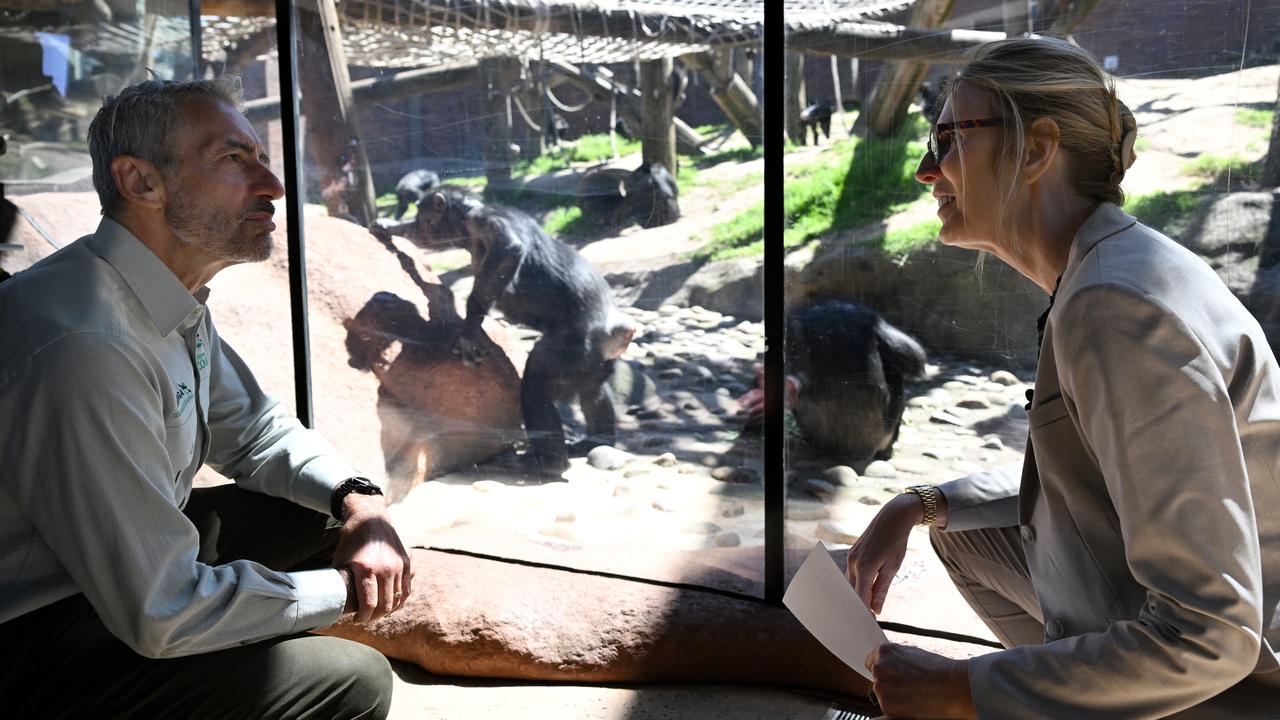
Maria Sykes, who leads the Jane Goodall Institute Australia, established in 2007, said Dr Goodall was a transformative figure who left a legacy behind to be continued by young people.
The institute is among more than 25 around the world bearing the conservationist's name to further research and efforts in protecting great apes and their habitats.
"She was once in a lifetime, a once-in-a-century leader, a once-in-a-century human, who redefined what we all understand: animals, people, ourselves, what it means to be man," Ms Sykes said.
"She believed passionately that our hope lies in empowering a new generation of environmental leaders who might just held in a different future for our planet."
Dr Goodall established the longest-running wild chimpanzee study in Gombe National Park in Tanzania which continues to this day.
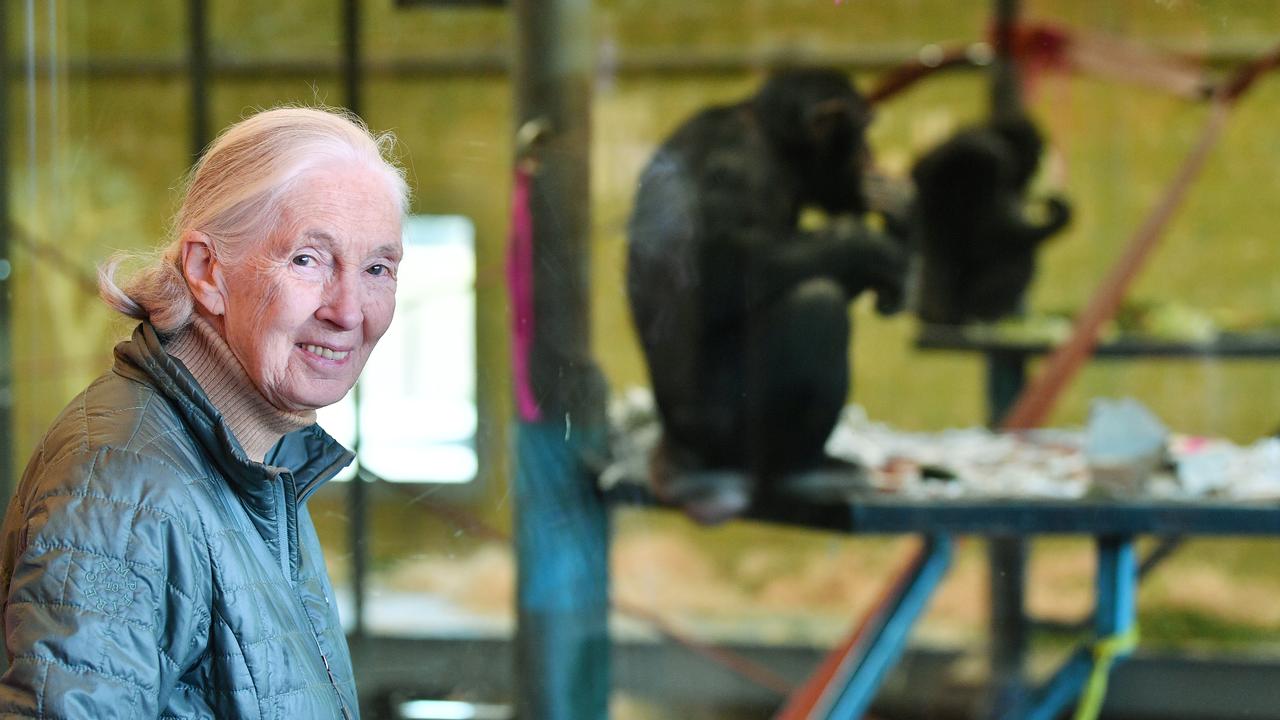
She adopted an immersive approach to understand their complex social structures and how they mirror humans in their use of tools.
Her findings were circulated to millions when she first appeared on the cover of National Geographic in 1963 and then in a popular documentary that made her a household name.
Taronga Conservation Society chief executive Cam Kerr described her as a pioneer who paved the way for women scientists.
"In the patriarchy of the time, people just wrote her off," he said.
"But she persisted, provided the evidence like a true scientist, and today we all know that so many animals use tools."

